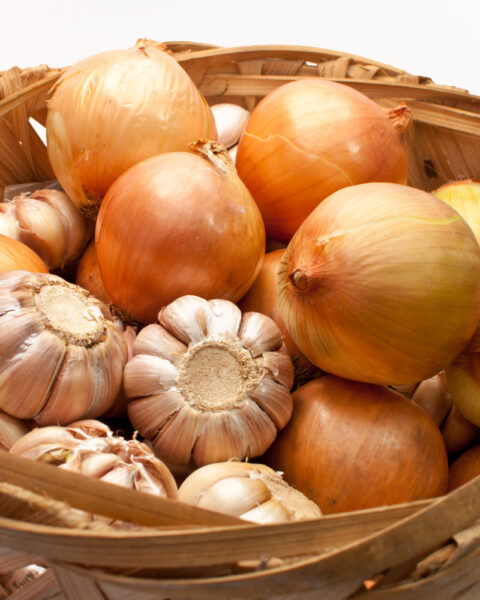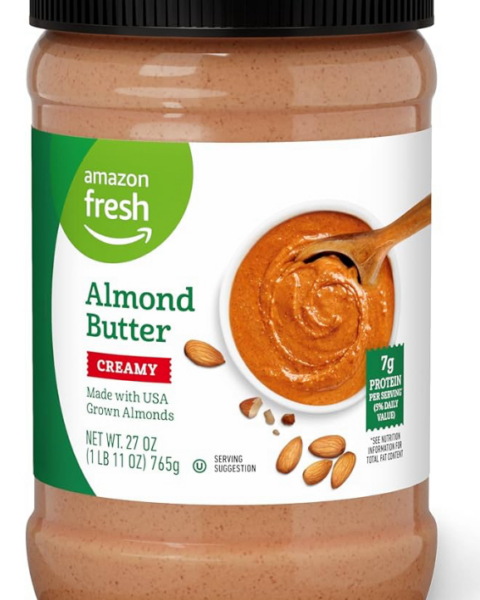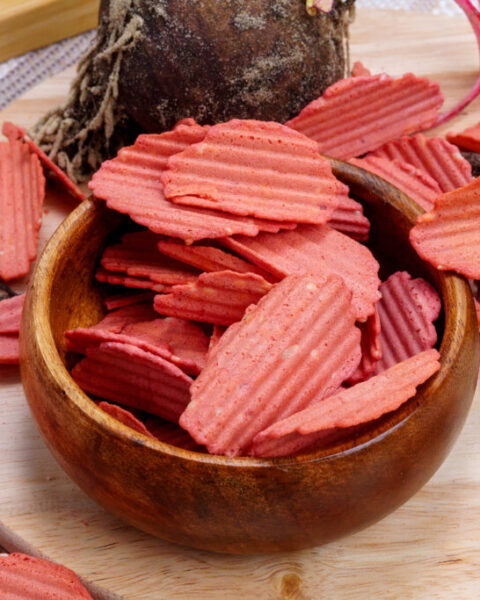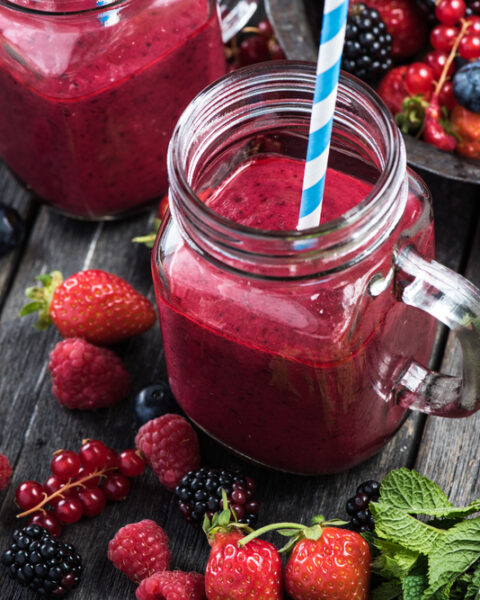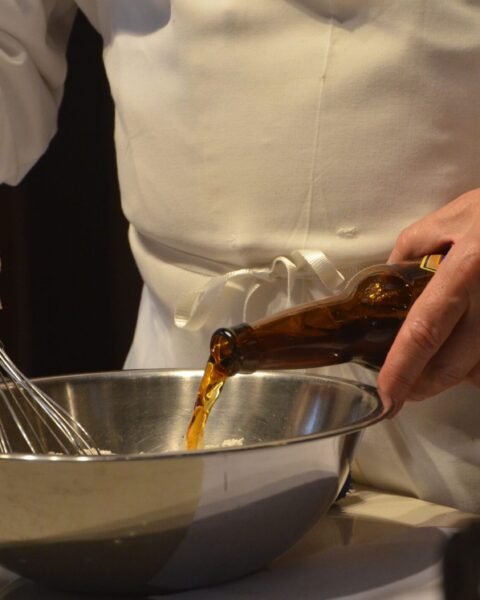Gardening is supposed to be a relaxing, rewarding hobby, but sometimes it feels like your plants are determined to make things difficult. If your green thumb is looking more brown these days, you might be making some common gardening mistakes without even realizing it. Before you throw in the trowel, dig into some of the gardening goofs that could be sabotaging your hard work. Understanding these missteps might be all it takes to get your garden thriving again.
Contents
- 1 Overwatering
- 2 Incorrect Light Exposure
- 3 Poor Soil Quality
- 4 Ignoring Pest Control
- 5 Improper Pruning
- 6 Planting at the Wrong Depth
- 7 Neglecting Fertilization
- 8 Ignoring Plant Spacing
- 9 Not Mulching Properly
- 10 Using Contaminated Tools
- 11 Ignoring Climate and Hardiness Zones
- 12 Failing to Rotate Crops
- 13 Planting Out of Season
- 14 Neglecting Soil pH
- 15 More From RetailShout
- 16 13 Trader Joe`s Seasonal Items You Shouldn`t Miss
- 17 15 Genius Canned Food Combos You Need to Try
Overwatering
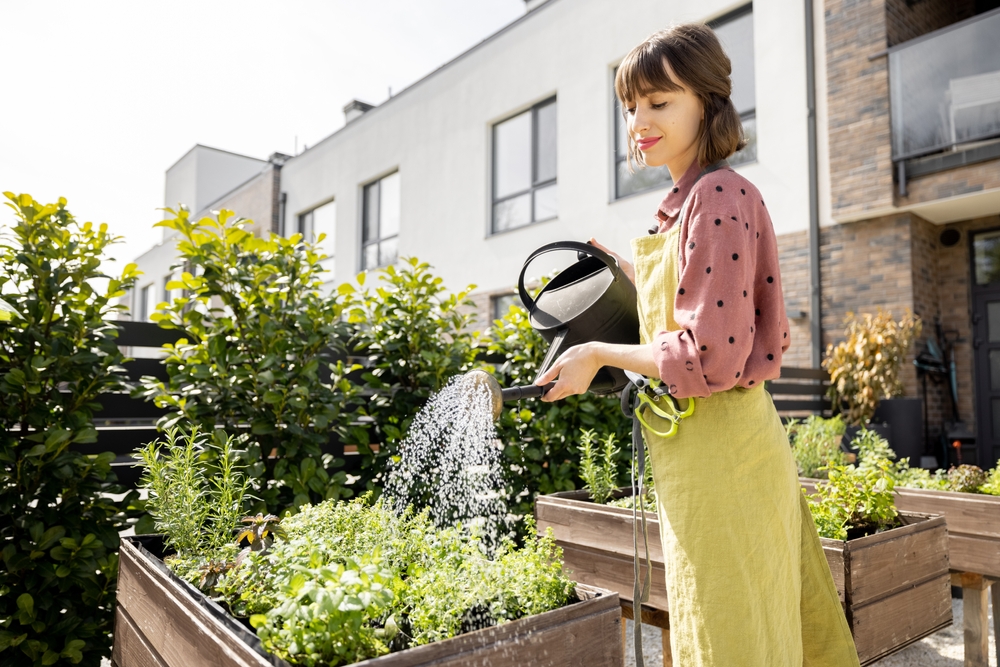
One of the most common mistakes gardeners make is overwatering. While it might seem like more water equals healthier plants, too much moisture can lead to root rot, especially in plants that prefer well-drained soil. Overwatering drowns the roots, preventing them from accessing oxygen, which is essential for their growth. This can cause leaves to yellow and the plant to wilt, a sign often mistaken for lack of water, leading to a vicious cycle. To avoid this, water only when the top inch of soil feels dry, and ensure that your plants have adequate drainage.
Incorrect Light Exposure
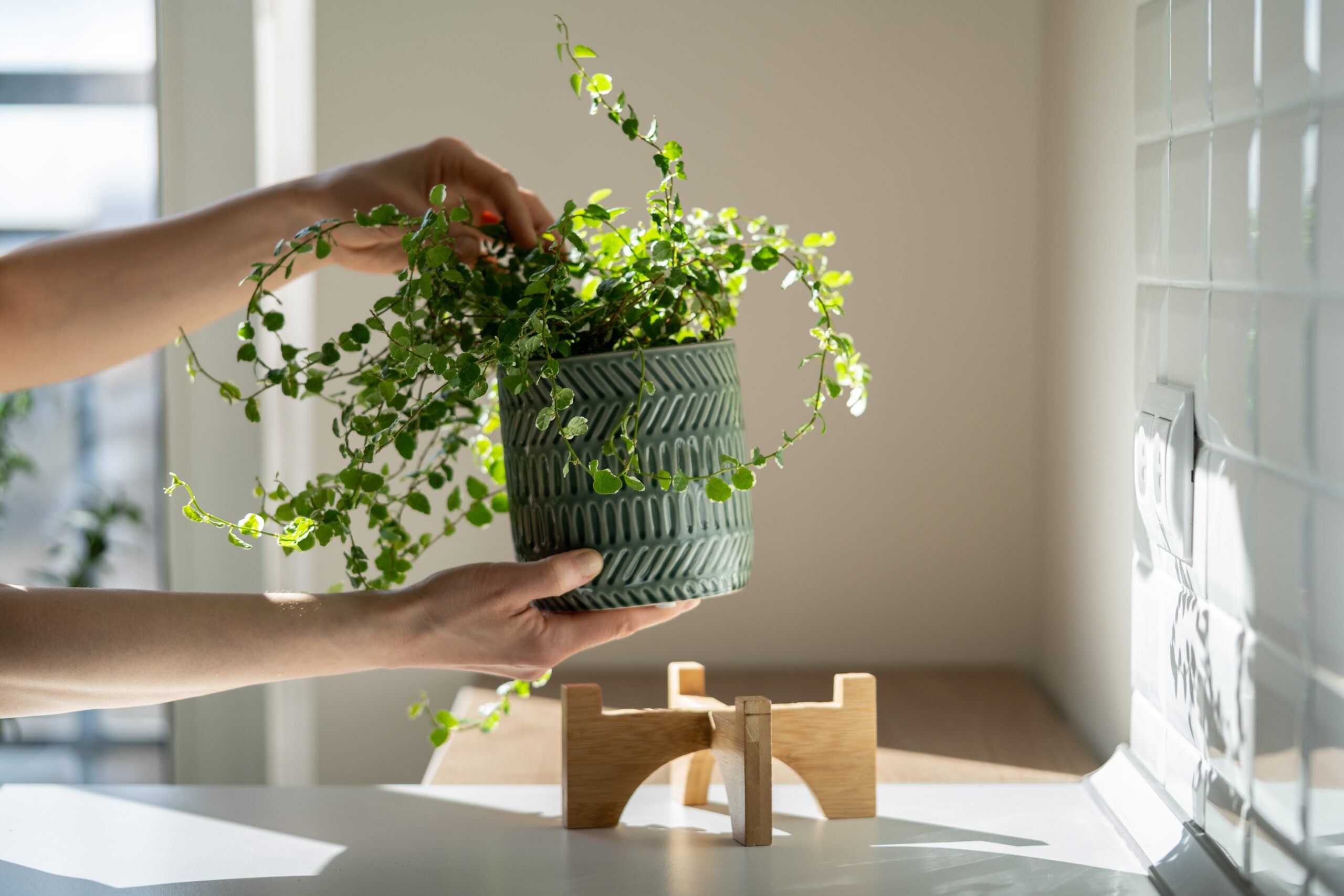
Light is critical for photosynthesis, and different plants have different light requirements. Placing a shade-loving plant in direct sunlight, or a sun-loving plant in the shade, can severely affect its health. Too much light can scorch leaves, while too little light can cause leggy, weak growth as the plant stretches towards a light source. Before planting, research the specific light needs of your plants and place them in appropriate locations within your garden.
Poor Soil Quality
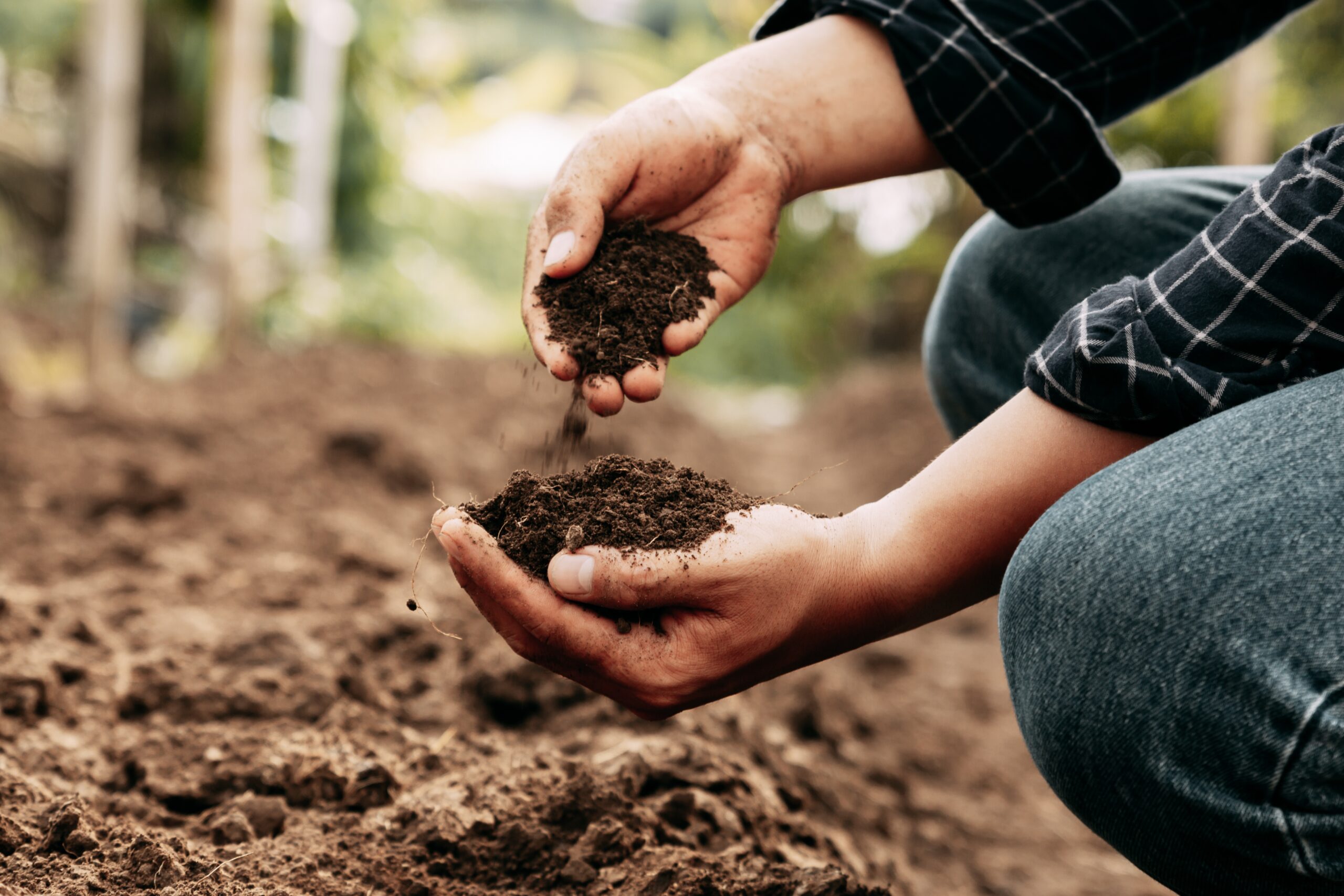
Soil quality is the foundation of healthy plant growth. Using soil that is too compacted, lacking in nutrients, or with poor drainage can stunt growth and make plants more susceptible to disease. Sandy soils may drain too quickly, while clay soils can retain too much water, both of which can harm plants. Amending your soil with organic matter, such as compost, can improve its texture and fertility, creating a more hospitable environment for your plants.
Ignoring Pest Control

Pests can wreak havoc on a garden if left unchecked. Common culprits include aphids, slugs, and caterpillars, which can damage leaves, stems, and even roots. Ignoring the early signs of an infestation, such as holes in leaves or sticky residue, can lead to severe damage that might be irreversible. Regularly inspect your plants for pests and use appropriate control methods, such as introducing beneficial insects or applying organic pesticides, to keep your garden healthy.
Improper Pruning
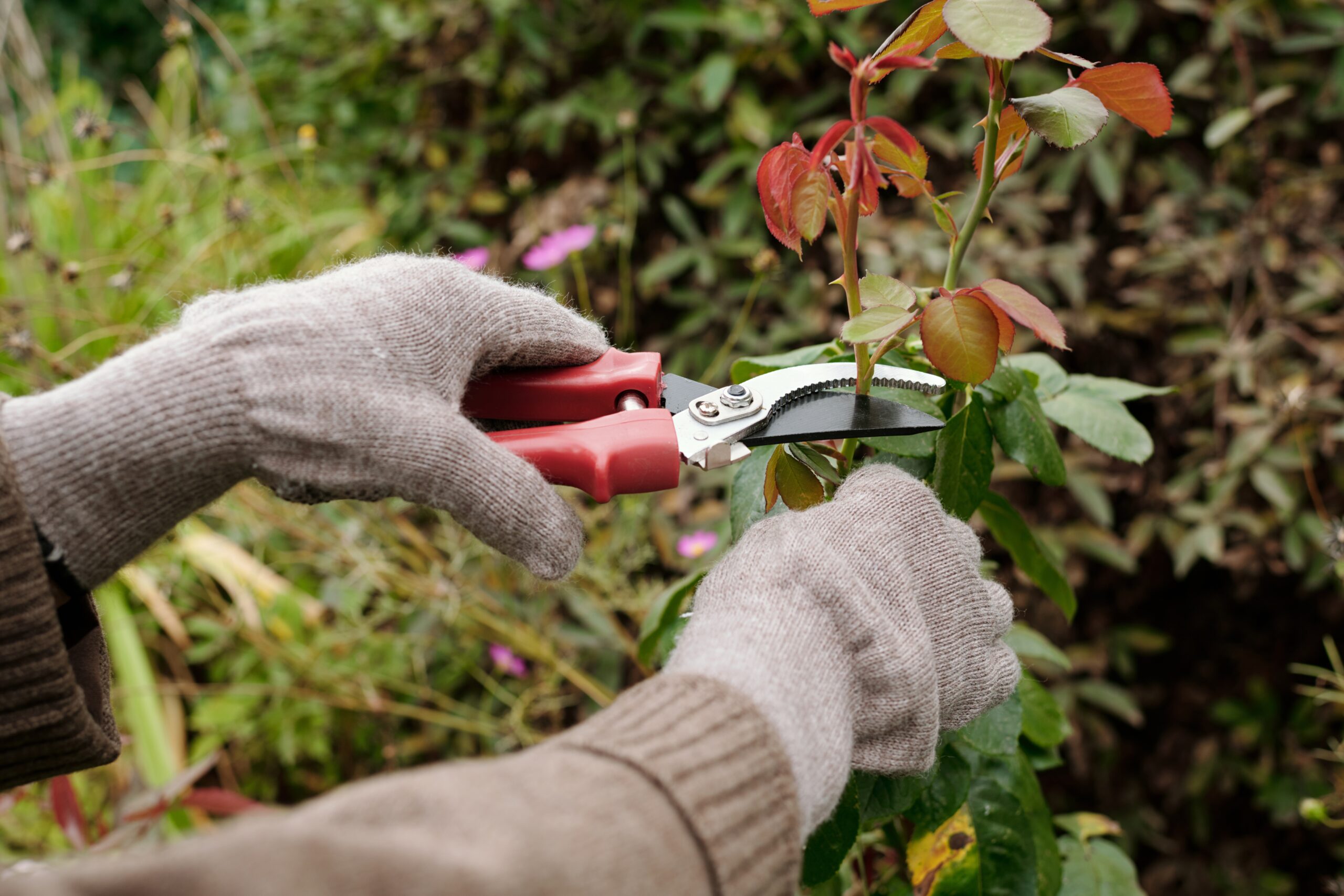
Pruning is essential for maintaining plant health, but doing it incorrectly can cause more harm than good. Cutting too much or at the wrong time of year can stress the plant and encourage disease. For instance, pruning in late summer or fall can stimulate new growth that won’t have time to harden off before winter, making it vulnerable to frost damage. Always use sharp, clean tools, and follow specific pruning guidelines for each type of plant to ensure you’re promoting healthy growth.
Planting at the Wrong Depth
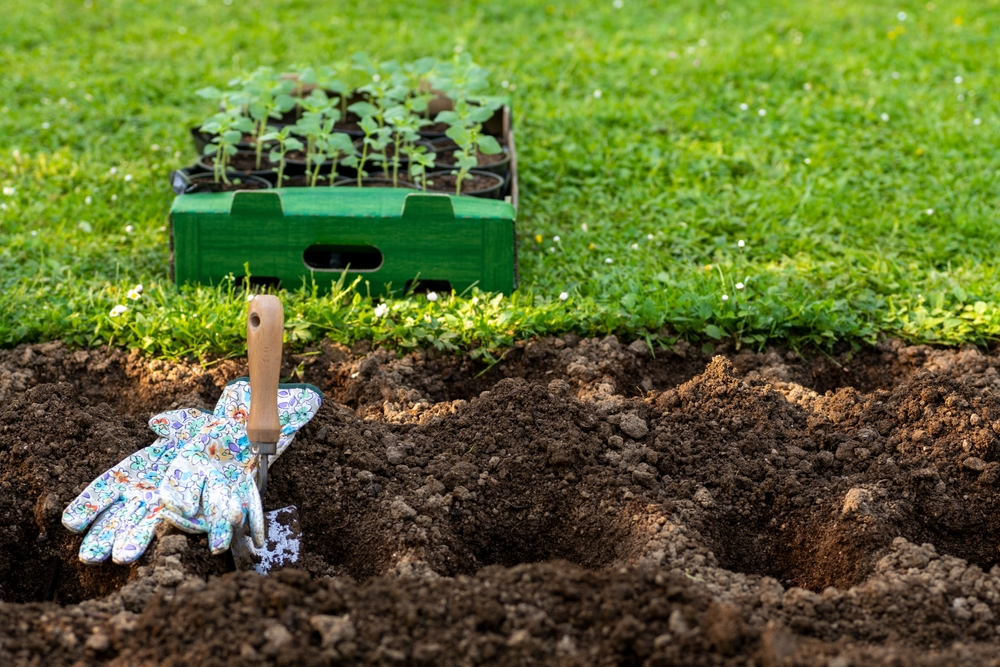
Planting too deep or too shallow can cause serious problems for your plants. If a plant is buried too deep, its roots may suffocate due to lack of air, while planting too shallowly can expose roots to the air, drying them out. The correct planting depth varies by species, so it’s important to read instructions carefully or seek advice when planting. Generally, the rule of thumb is to plant at the same depth as the plant was growing in its pot or in the nursery.
Neglecting Fertilization
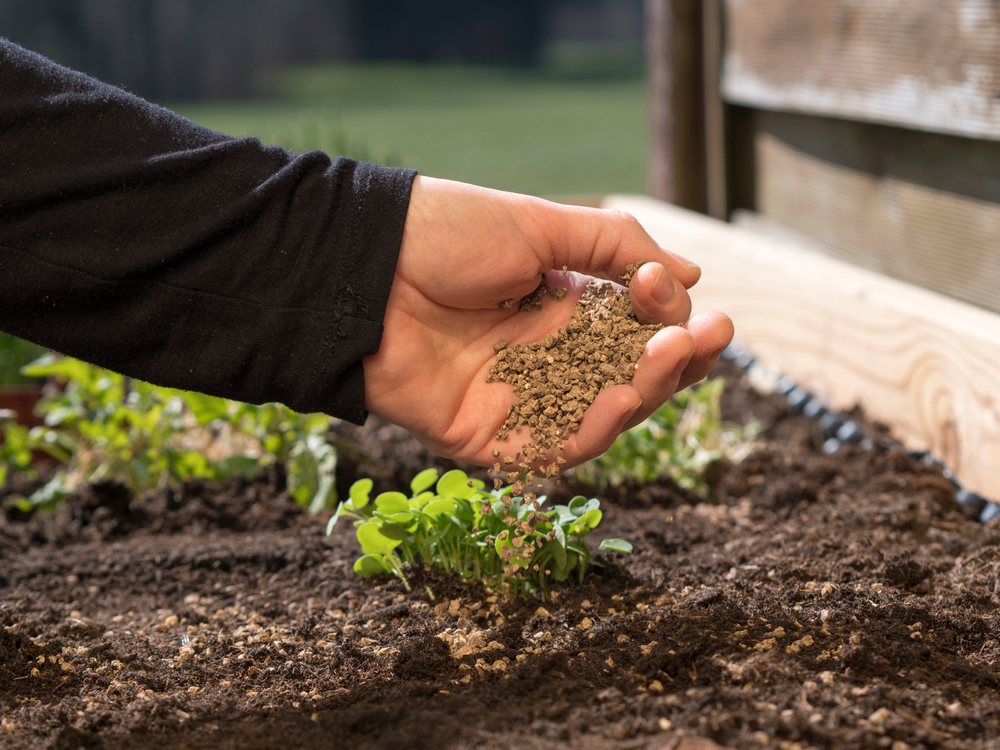
Plants need nutrients to grow, and while some soils are rich in natural nutrients, others may be lacking. Neglecting to fertilize can lead to poor growth, yellowing leaves, and reduced flower or fruit production. However, over-fertilizing can be just as detrimental, leading to nutrient imbalances and salt buildup in the soil. A balanced approach, using slow-release fertilizers or organic options like compost, can provide plants with the nutrients they need without overwhelming them.
Ignoring Plant Spacing
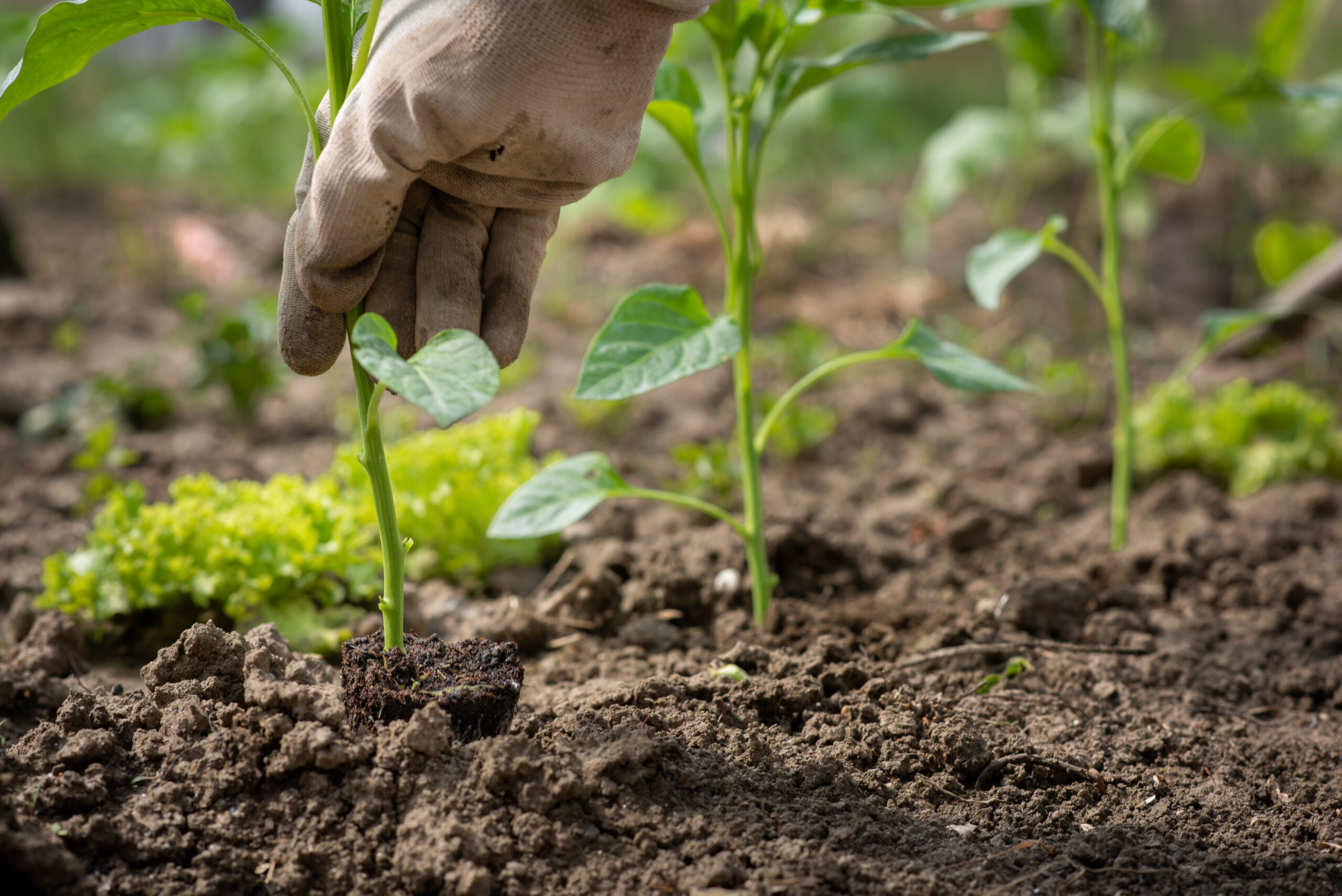
Requirements Crowding plants together can lead to competition for resources, such as light, water, and nutrients, which can weaken plants and increase their susceptibility to disease. Overcrowded plants are also more prone to fungal infections due to reduced air circulation. Always check the recommended spacing for each plant and resist the temptation to plant too close together, even if your garden space is limited.
Not Mulching Properly
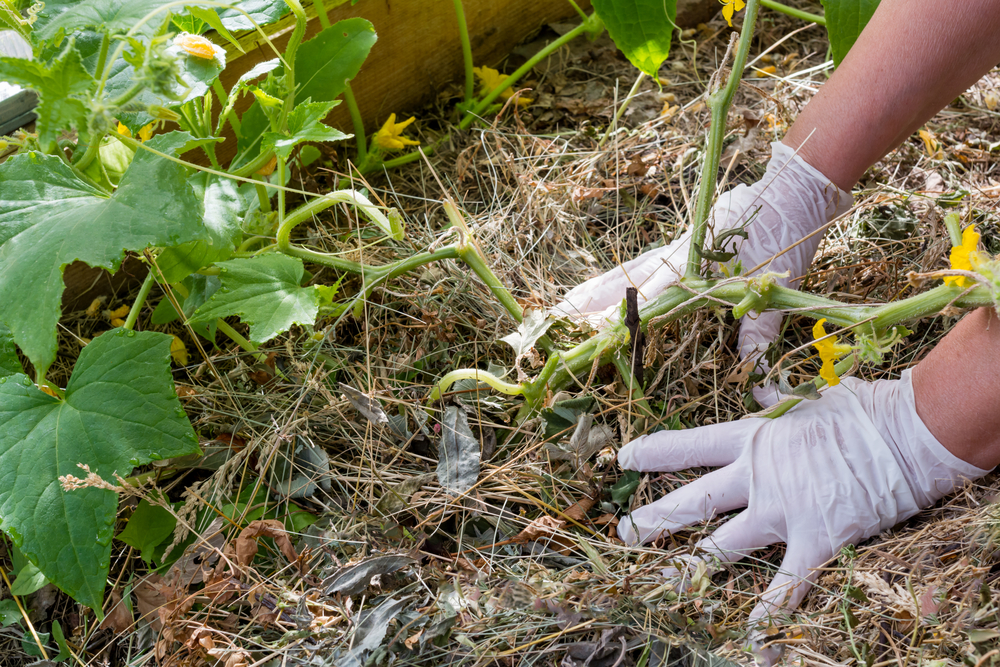
Mulching is beneficial for retaining soil moisture, regulating temperature, and suppressing weeds, but improper mulching can cause problems. Piling mulch too high against plant stems can lead to rot and provide a haven for pests. Similarly, using the wrong type of mulch can affect soil pH and plant health. Apply mulch evenly, keeping it a few inches away from the base of plants, and use organic materials like bark or straw for the best results.
Using Contaminated Tools
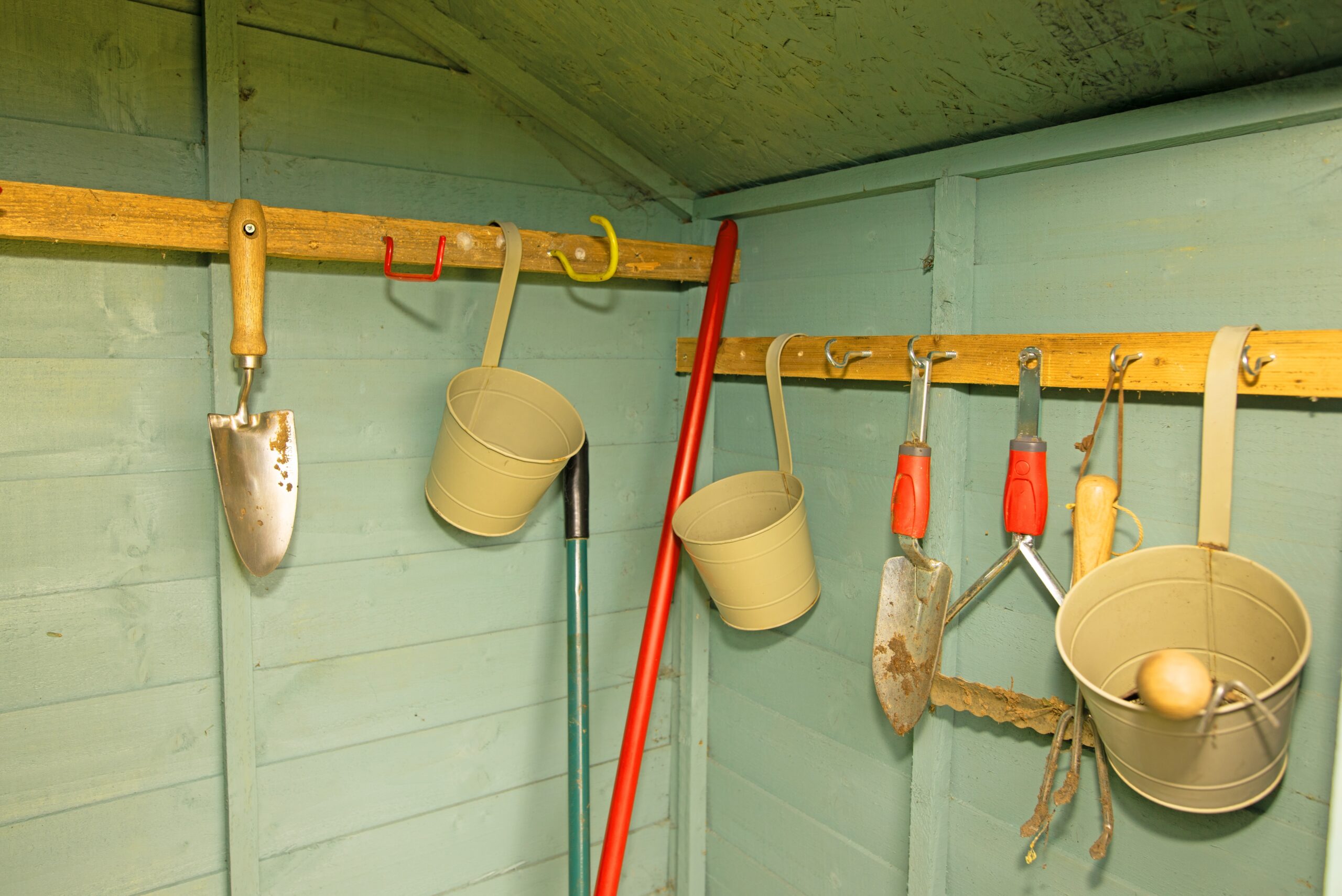
Dirty gardening tools can spread disease from one plant to another. If you’ve been pruning a diseased plant and then use the same shears on a healthy one without cleaning them, you could inadvertently infect it. Regularly clean and disinfect your tools, especially after dealing with sick plants. This simple step can prevent the spread of bacteria, fungi, and viruses in your garden.
Ignoring Climate and Hardiness Zones
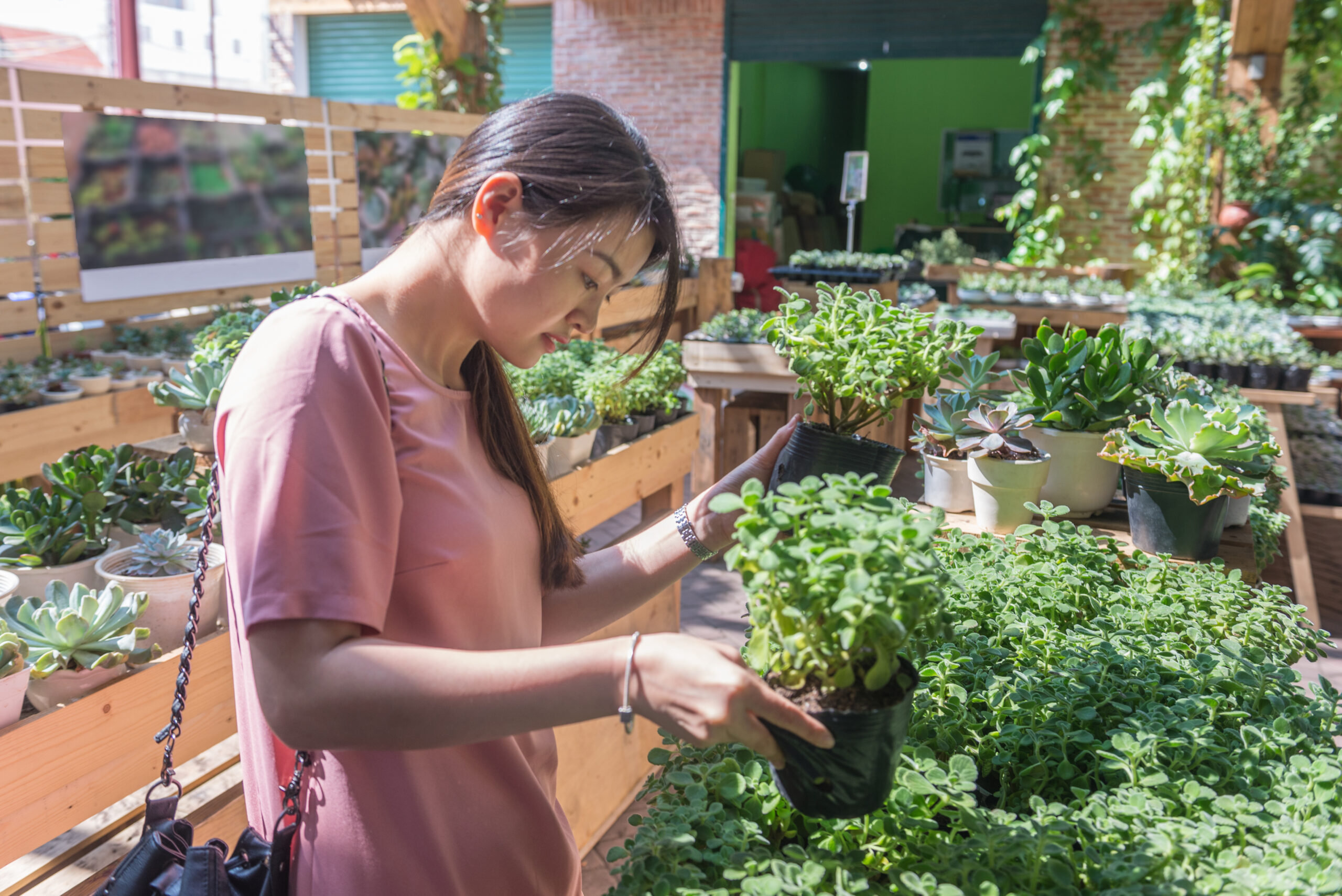
Planting species that aren’t suited to your local climate or hardiness zone is a recipe for disaster. Plants that can’t tolerate your area’s temperature extremes will struggle to survive, leading to wasted time, effort, and resources. Always choose plants that are appropriate for your zone, and consider microclimates within your garden that might provide more favorable conditions for specific plants.
Failing to Rotate Crops
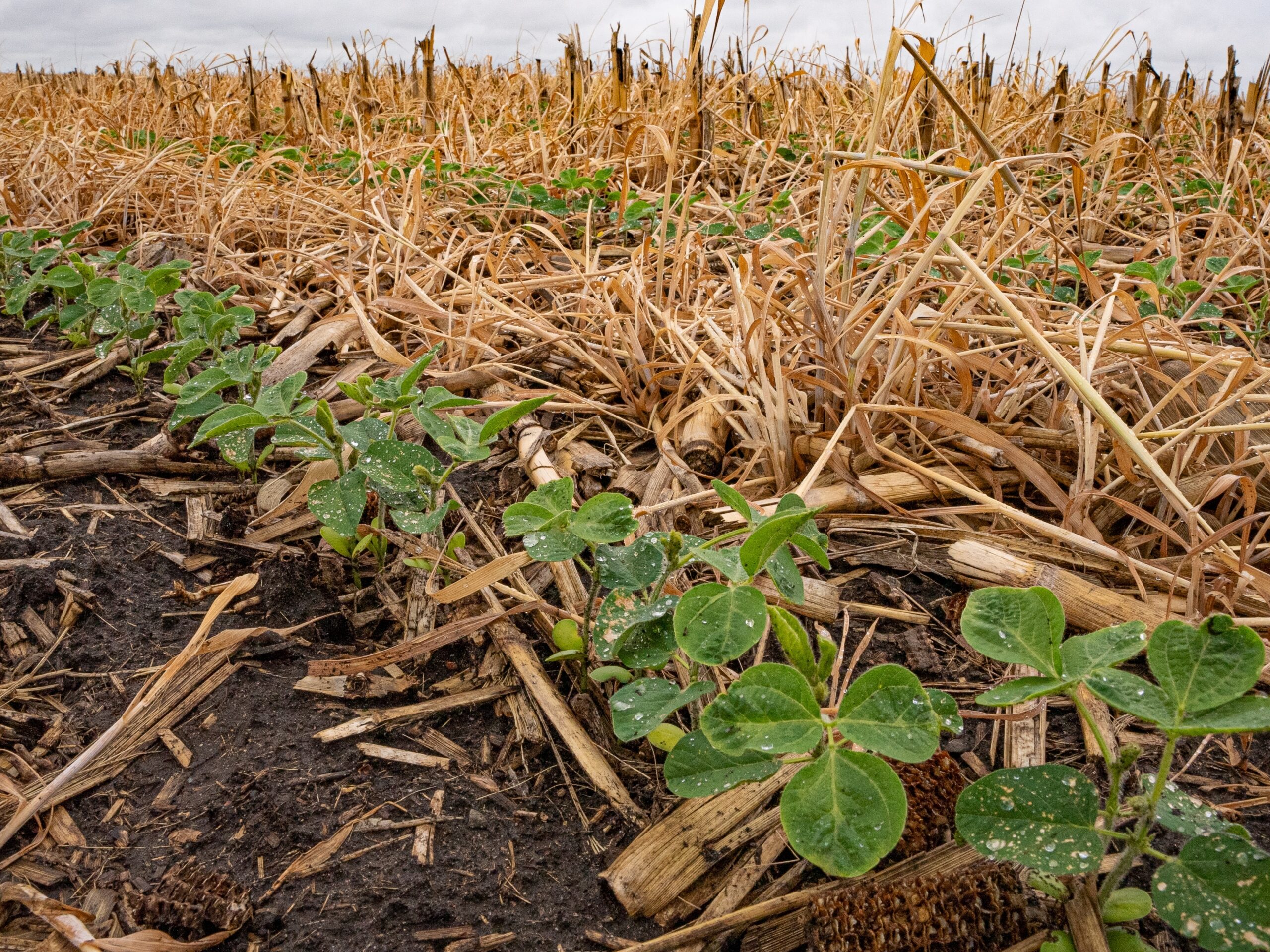
If you’re growing vegetables, failing to rotate crops can lead to soil depletion and an increase in pests and diseases. Certain plants, like tomatoes and peppers, are heavy feeders and can deplete soil nutrients if grown in the same spot year after year. Crop rotation helps maintain soil fertility and disrupts the life cycles of pests and diseases. Plan your garden layout each year to avoid planting the same crop in the same place.
Planting Out of Season
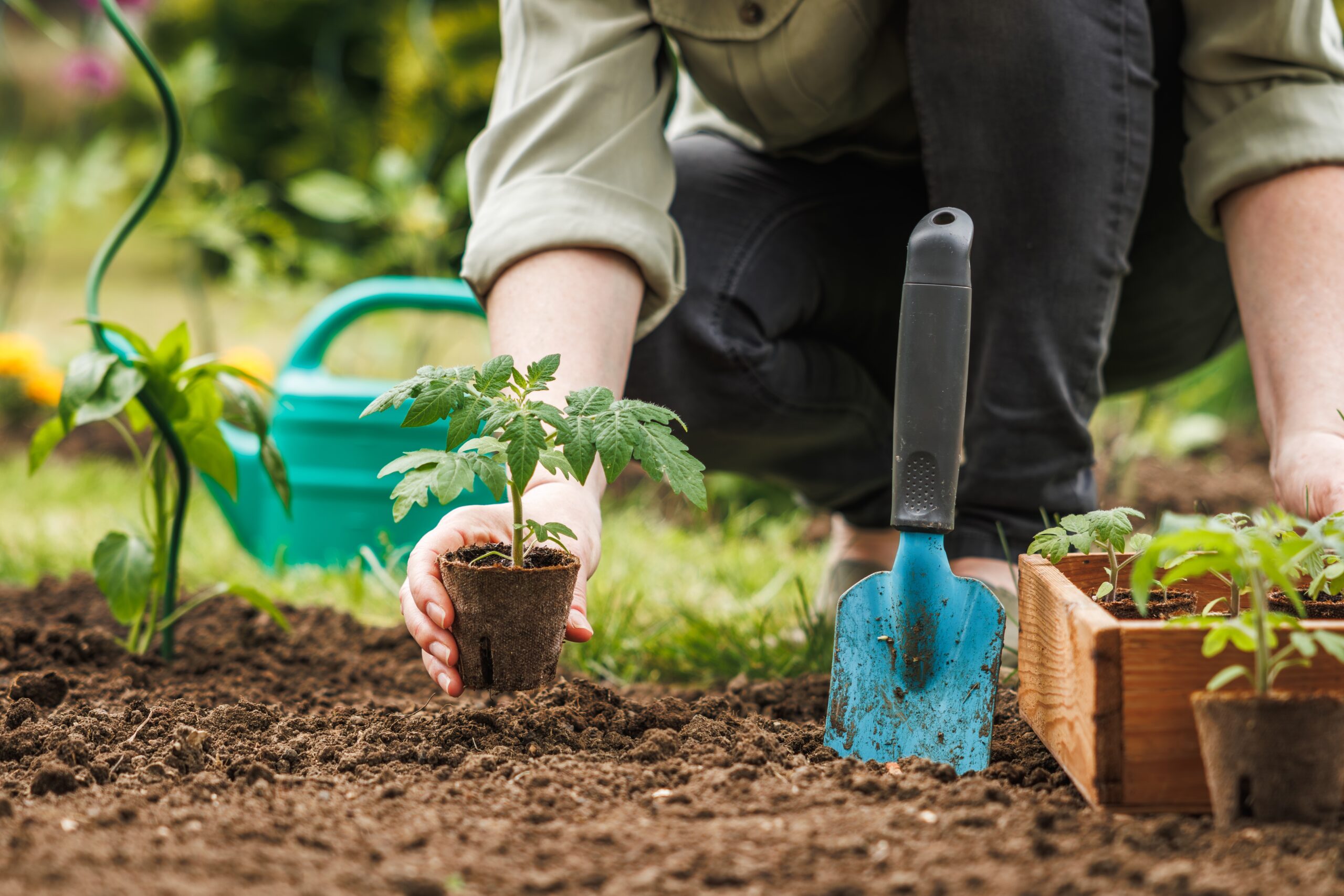
Timing is crucial in gardening. Planting too early or too late in the season can expose your plants to unfavorable conditions, such as frost or excessive heat, which can stunt growth or kill the plant. Pay attention to the ideal planting times for each species, and be mindful of your local weather patterns. Using a gardening calendar or almanac can help you stay on track with planting schedules.
Neglecting Soil pH
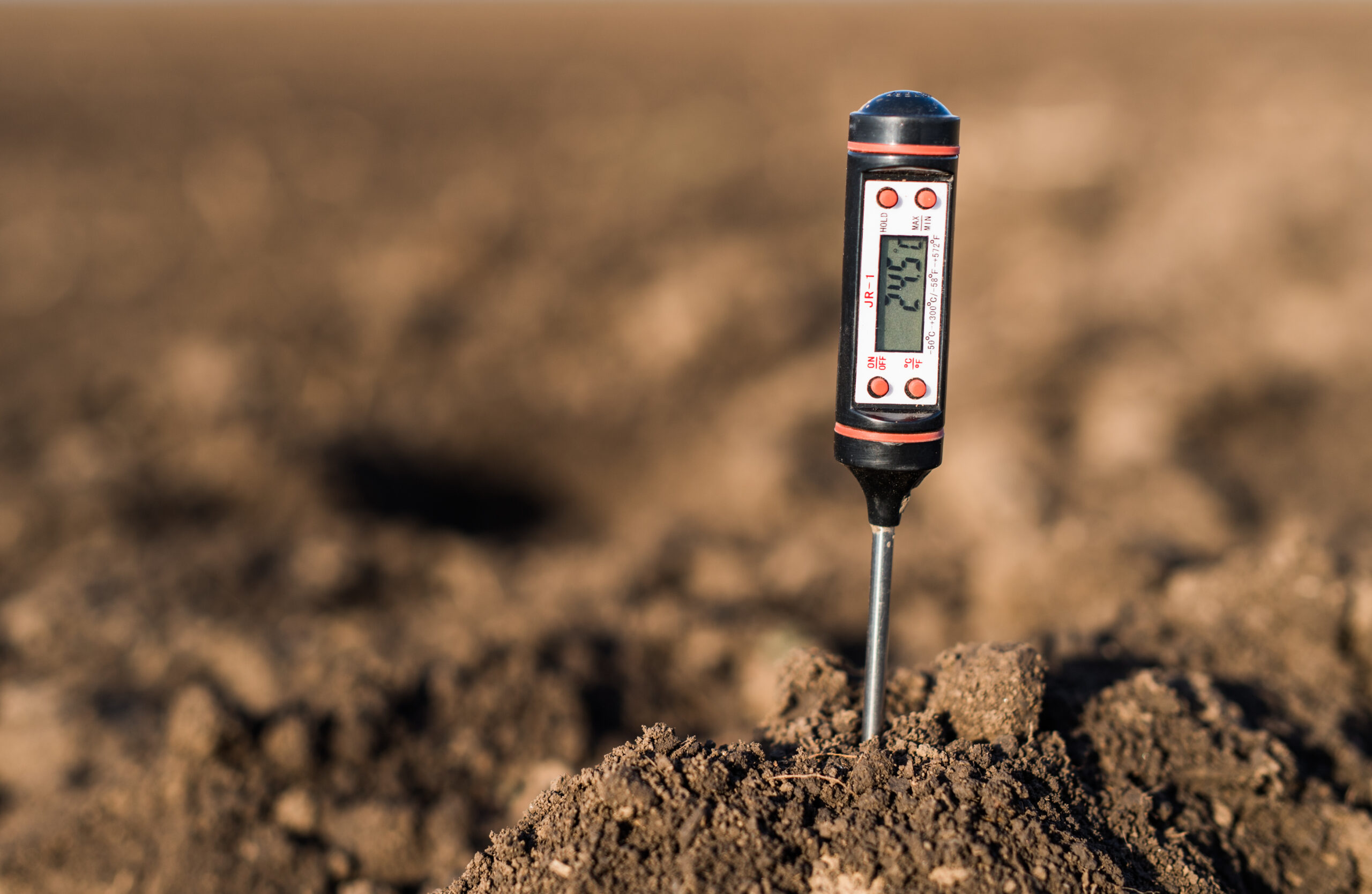
Soil pH affects nutrient availability to plants, and if it’s too high or too low, plants can’t absorb the nutrients they need. Most plants prefer slightly acidic to neutral soil (pH 6-7), but some, like blueberries and azaleas, require more acidic conditions. Regularly test your soil’s pH and amend it if necessary using lime to raise the pH or sulfur to lower it. This ensures that your plants have access to the nutrients they need for healthy growth.
This article originally appeared on RetailShout.
More From RetailShout
20 Foods Rich in Antioxidants for Glowing Skin
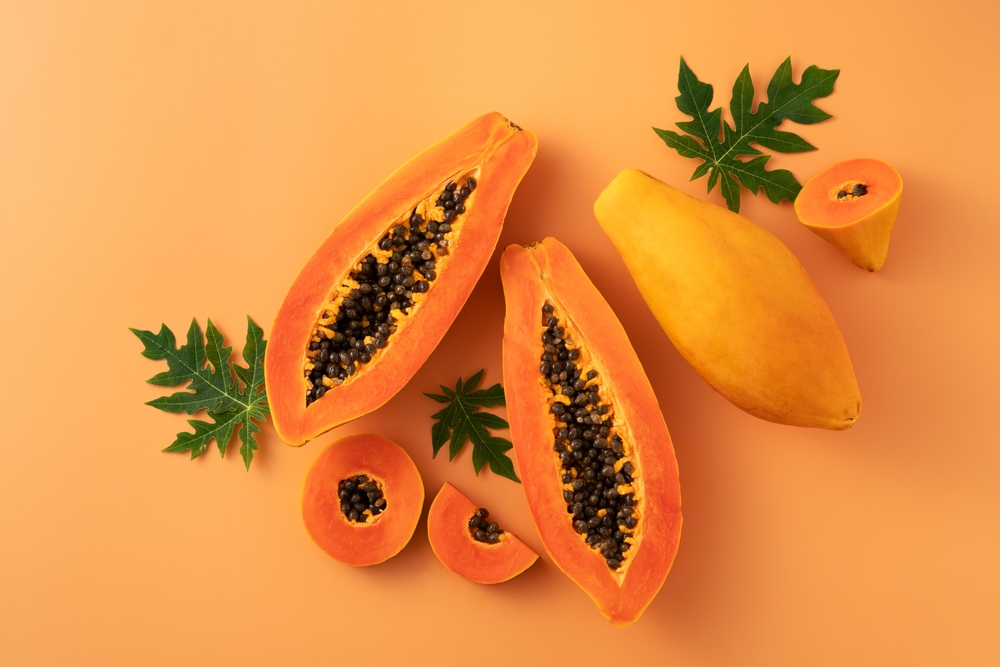
The saying “you are what you eat” rings especially true when it comes to skin health. Antioxidants, the natural compounds found in various foods, are powerful allies in the fight against aging and dullness. They protect the skin from damage caused by free radicals, reduce inflammation, and promote cell regeneration, all of which contribute to a radiant complexion. Read More.
13 Trader Joe`s Seasonal Items You Shouldn`t Miss
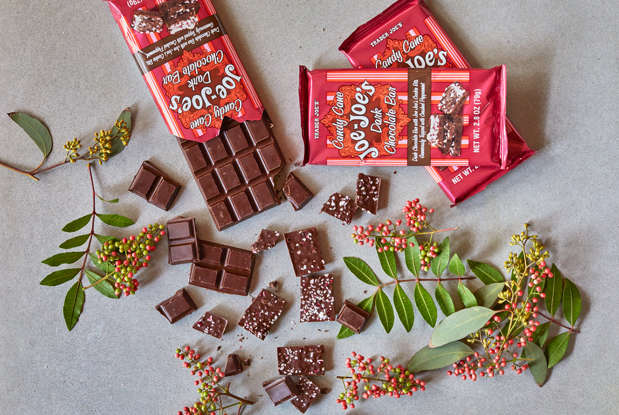
Each season brings new excitement to the shelves of Trader Joe’s, where seasonal items quickly become fan favorites. These limited-edition products are not only delicious but also perfectly capture the flavors and moods of the time of year. Read More.
15 Genius Canned Food Combos You Need to Try

Pairing the right canned foods together can create mouthwatering meals that are both simple and satisfying. They are convenient, affordable, and often packed with nutrients. Read More.

